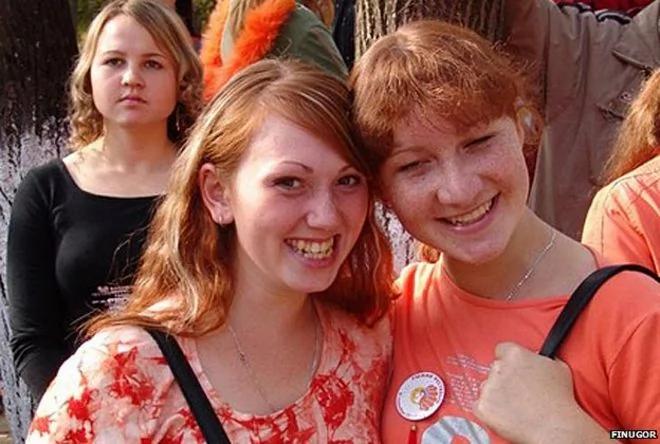halfalp
Regular Member
- Messages
- 1,499
- Reaction score
- 222
- Points
- 0
- Ethnic group
- Swiss
- Y-DNA haplogroup
- R-L2
- mtDNA haplogroup
- J1c5a
Everyone repeat after me:
"Indo-Iranian languages came from bronze age steppe populations"
This is as factual of a statement as we can get with this "science". There's been 3 papers now showing significant EBA_Steppe and LMBA_steppe ancestry in Indic and Iranian speakers, one of which is using known ancient Scythian genomes. And some of these samples were almost completely steppe genotypes. So we have archaeology, historical record, linguistics, and genetics all aligning. This is an important fact that people are dismissing in their attempts to disprove steppe PIE and/or Sanskrit steppe origins.
Not being able to find a bunch of R1a at a certain time and certain place doesn't undo the ancient autosomal data, modern autosomal data, the R1a seen in ancient Iranian speakers, or the historical attestation of Avestan and Sanskrit.
I think what people against what your say thinks is that R1a-Z93 and its indian downstream even if it was found in a Srubnaya context etc and because those indian sample doesn't have any R1a, R1a might be just a recent explosion into the highest indian class and because they where always wealthier, they become the predominant male lineage. A very communist story for the least. I dont know how this disprove the steppe origin of II languages because going from a clade related to modern population that could be out of the time frame for the steppe hypothesis doesn't all of a sudden rethink the all idea and place for exemple the origin of Indo-Iranian in Iran Neolithic related people. This is so over complicated, this just shows that people dont want those languages come from the steppe. To put a new hypothesis on the table, new datas must simplify history not complicate it, if it complicate it, it means people try to wright a story against a simple proved theory.


